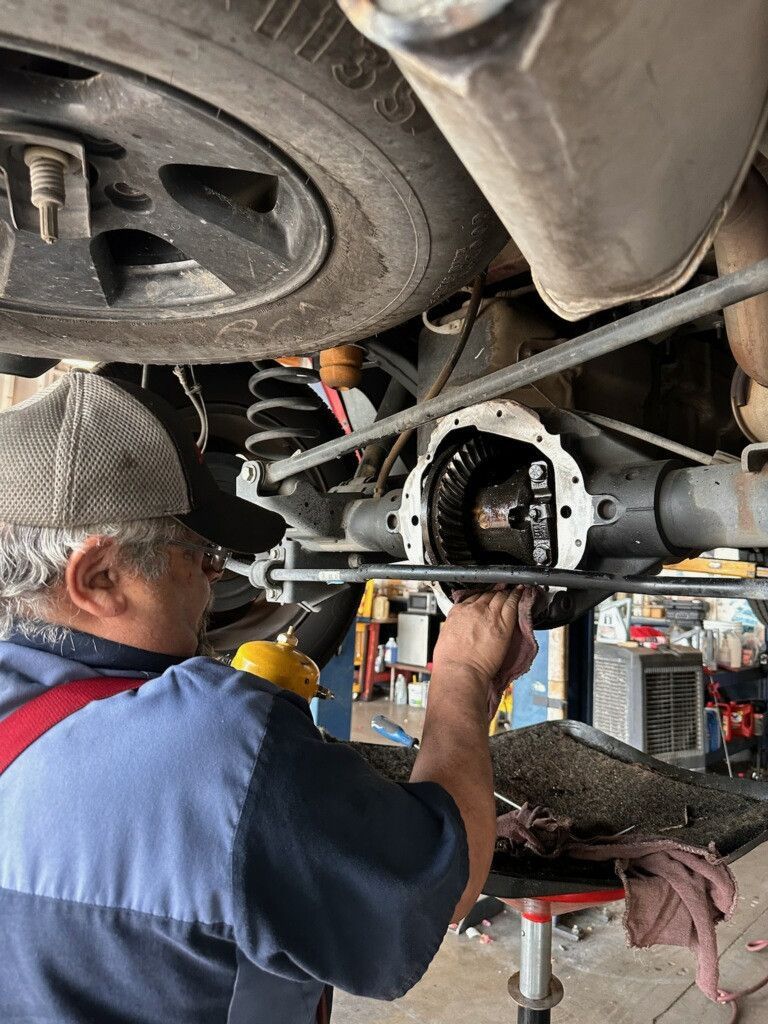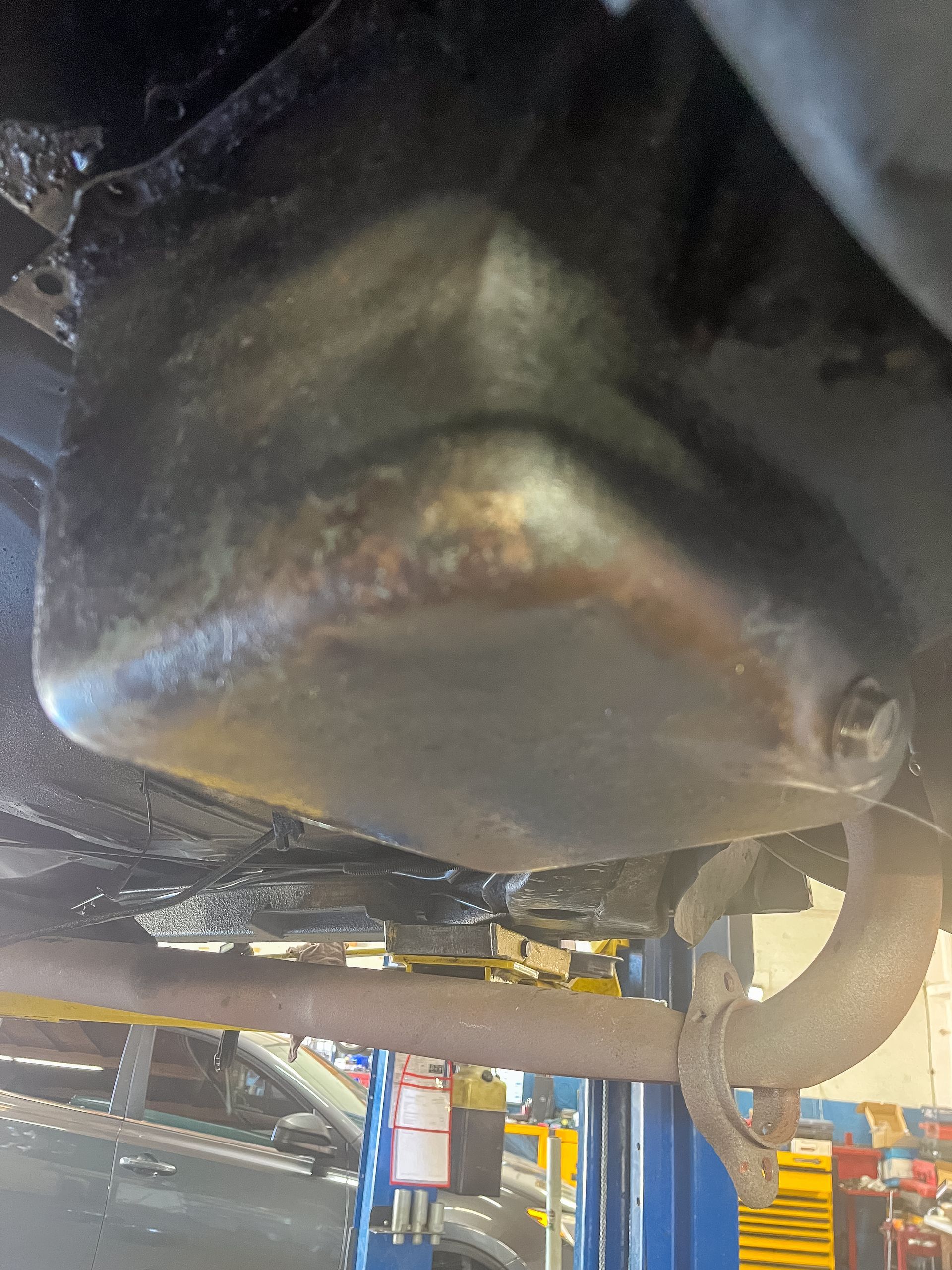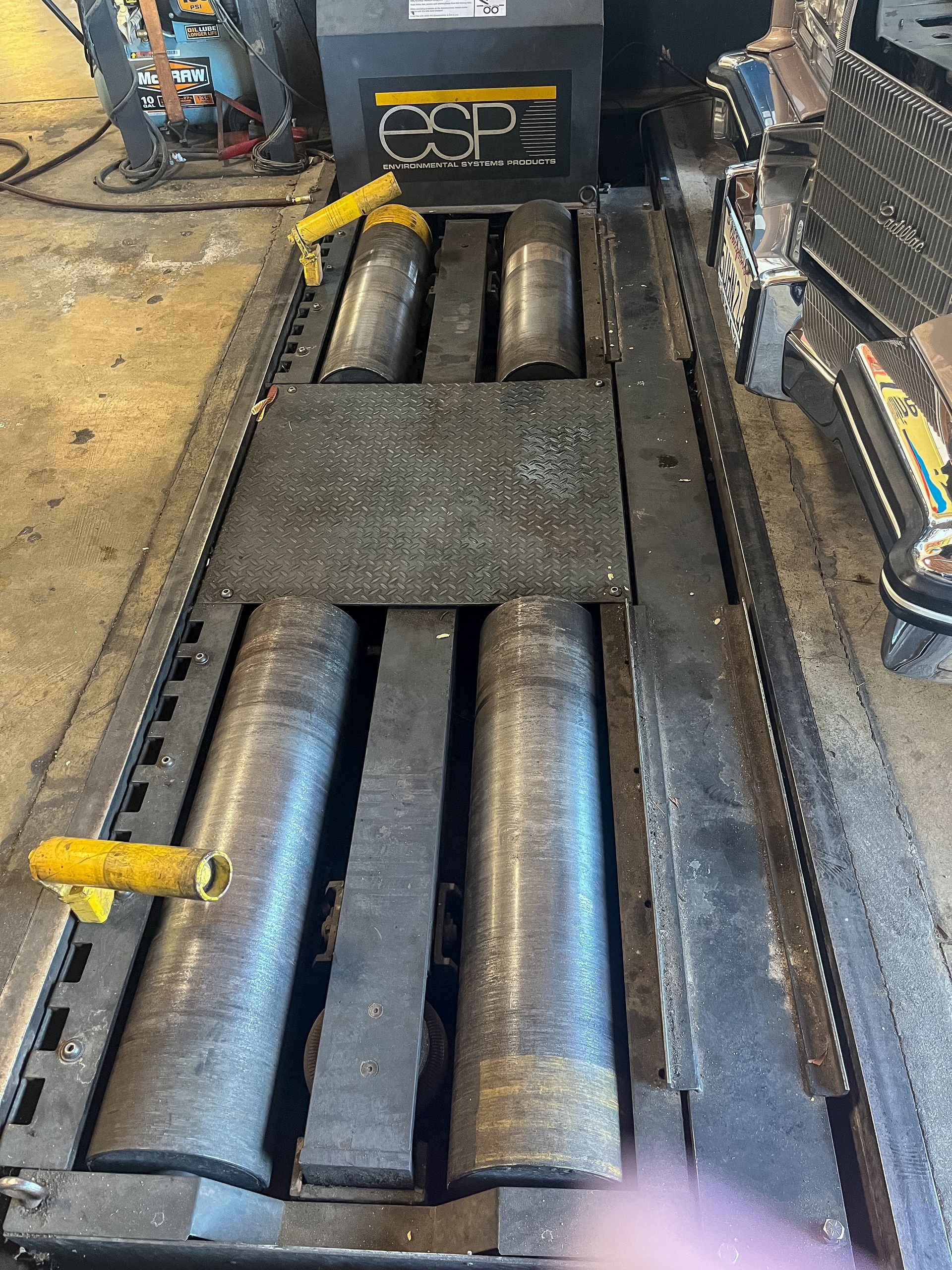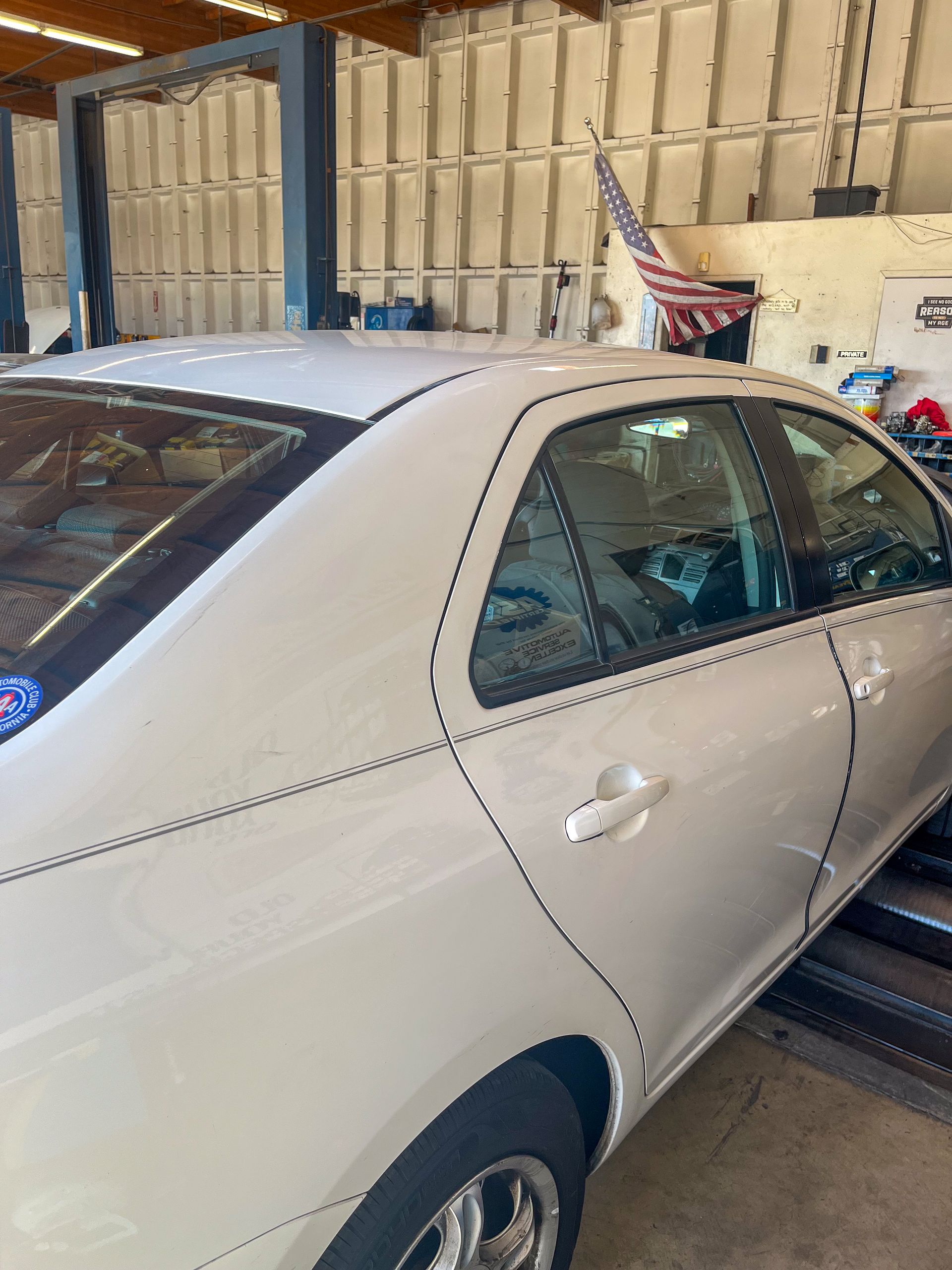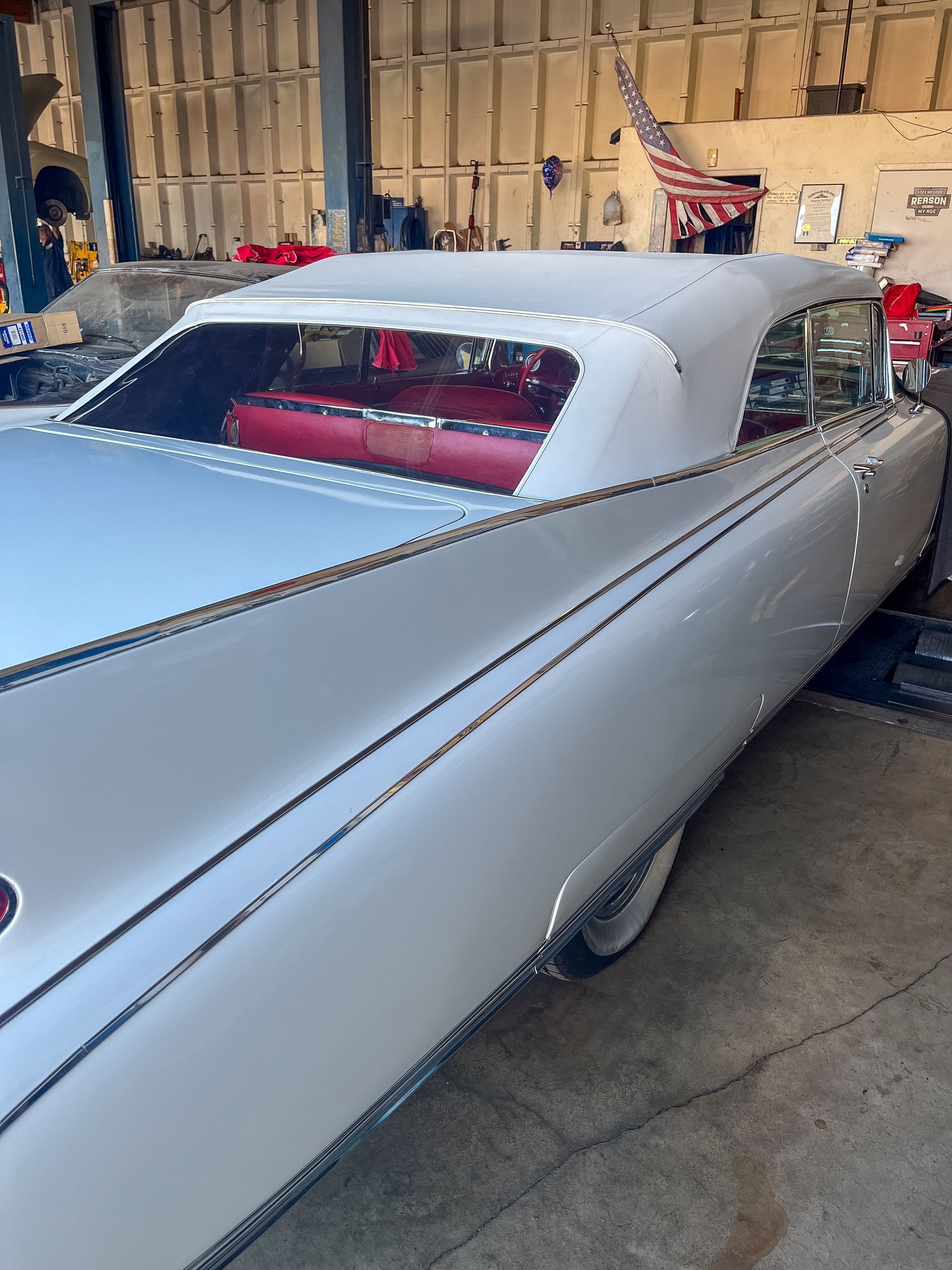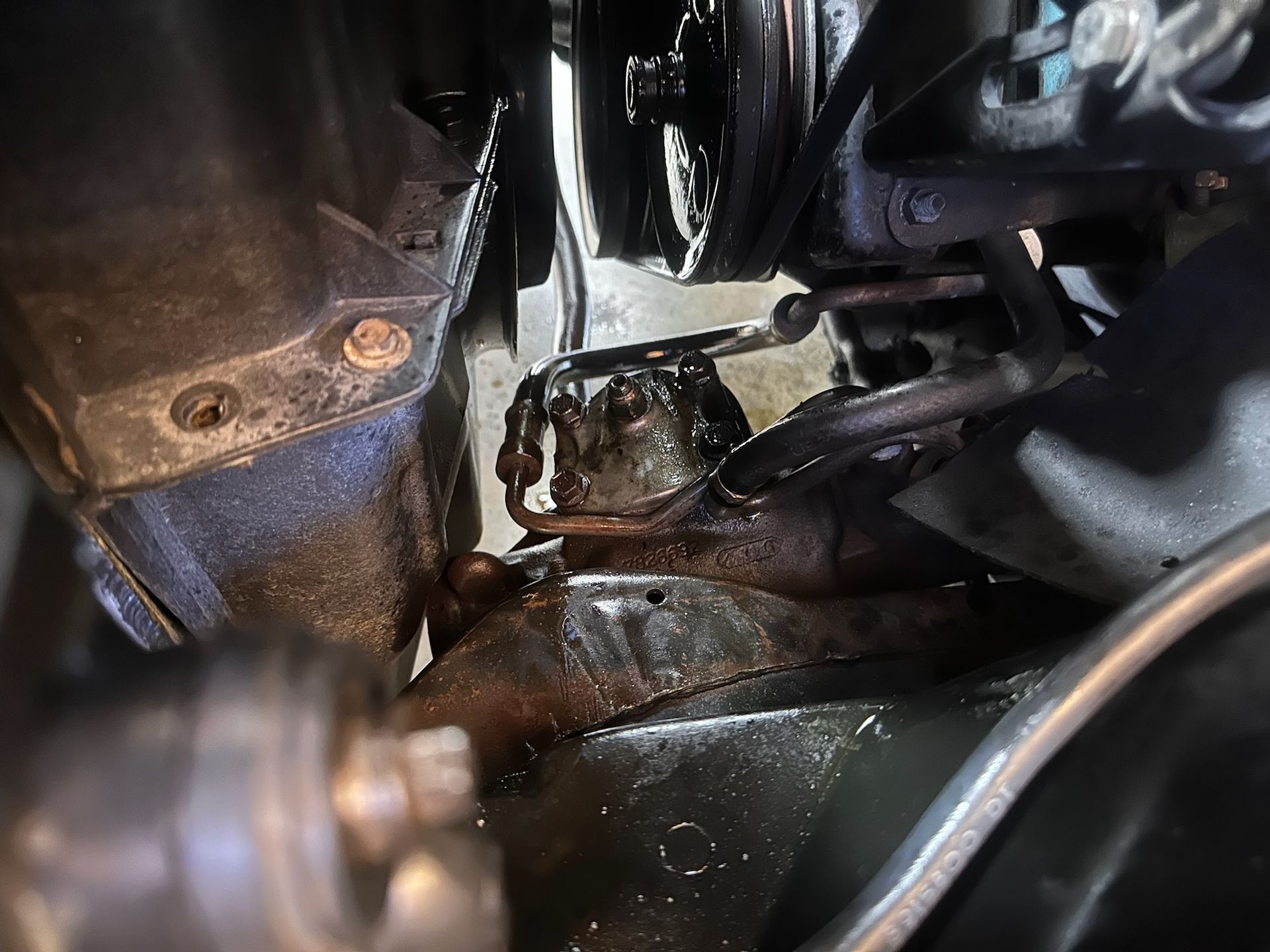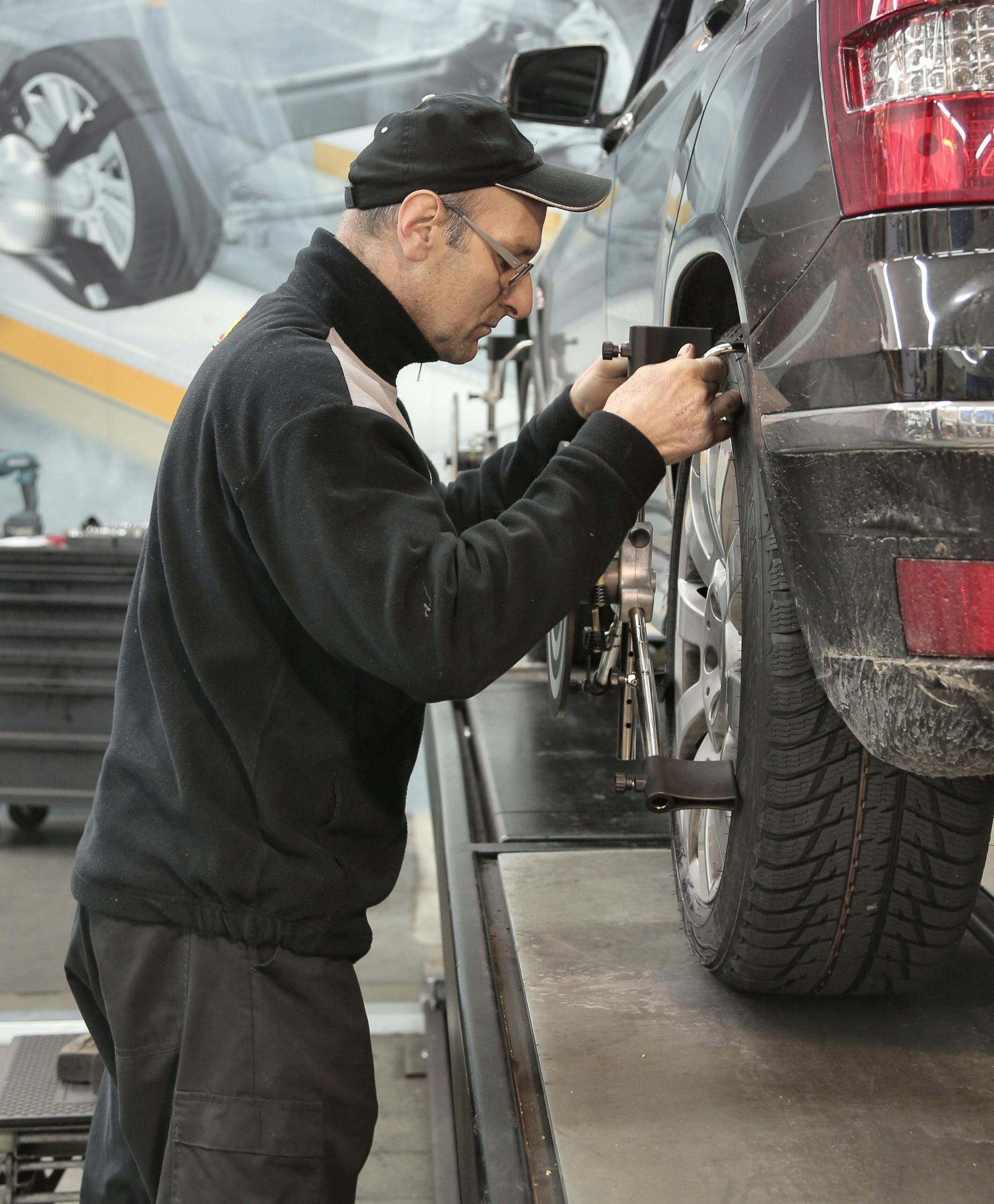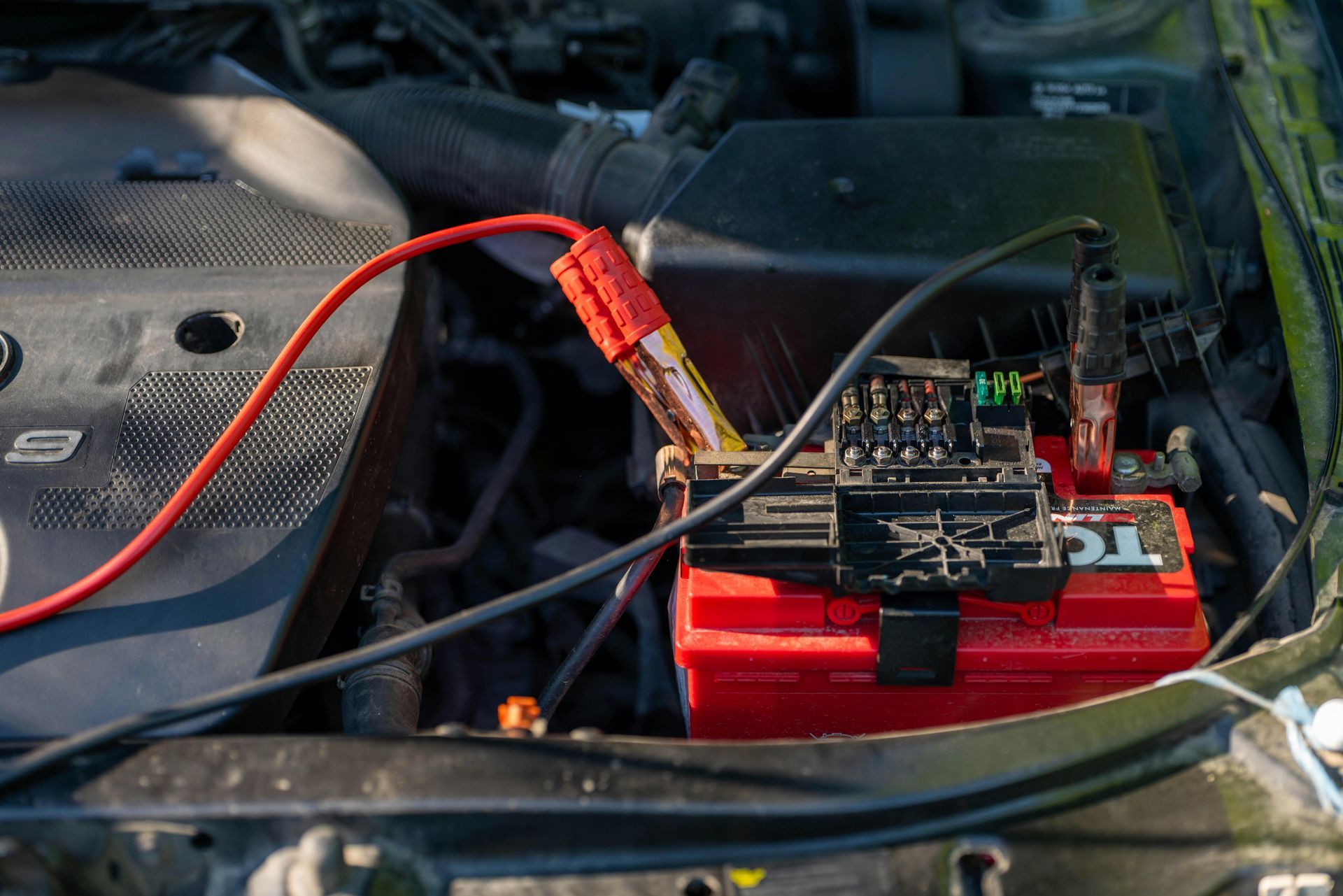How to Spot a Leak Before It Becomes a Bigger Problem at Jim Brangham Auto Repair in Cathedral City, CA
At Jim Brangham Auto Repair in Cathedral City, CA, we know that even the smallest leak in your car’s system can lead to bigger, more costly problems down the road. Understanding the early signs of leaks can save you from extensive repairs and keep your vehicle running smoothly. In this post, we’ll guide you through spotting common leaks, understanding their causes, and knowing when to bring your vehicle in for professional attention.
Why Are Leaks a Big Deal?
Leaks, whether from oil, coolant, brake fluid, or transmission fluid, indicate that your car isn’t operating at its peak performance. Left unchecked, leaks can:
- Reduce system efficiency: Essential fluids keep components lubricated and cool. A leak disrupts this balance, causing wear and overheating.
- Damage internal parts: For example, low oil levels from a leak can cause engine parts to grind, leading to extensive damage.
- Pose safety risks: Brake fluid leaks can reduce braking power, endangering you and others on the road.
By catching leaks early, you’ll avoid costly repairs and ensure your car remains safe and reliable.
Common Types of Automotive Leaks and Their Symptoms
1. Engine Oil Leaks
- Signs to watch for: Dark brown or black puddles under your car, a burning oil smell, or a drop in oil levels on your dipstick.
- Common causes: Worn gaskets, loose drain plugs, or damaged oil filters.
- What to do: Check for oil pooling around the engine or dripping from the bottom of your car. If you notice these signs, schedule an inspection with us at Jim Brangham Auto Repair.
2. Coolant Leaks
- Signs to watch for: Green, orange, or pink liquid under your vehicle, a sweet smell near the car, or your engine overheating.
- Common causes: Cracked hoses, a damaged radiator, or a failing water pump.
- What to do: Keep an eye on your temperature gauge and coolant reservoir levels. Low coolant levels can lead to engine overheating.
3. Brake Fluid Leaks
- Signs to watch for: Yellow or light brown fluid near the wheels, a spongy brake pedal, or reduced braking efficiency.
- Common causes: Worn brake lines, a damaged master cylinder, or loose brake fittings.
- What to do: If you suspect a brake fluid leak, avoid driving until your vehicle is inspected, as this poses a serious safety hazard.
4. Transmission Fluid Leaks
- Signs to watch for: Reddish-brown fluid under your vehicle, difficulty shifting gears, or delayed gear engagement.
- Common causes: Damaged seals, a loose transmission pan, or worn gaskets.
- What to do: Check your transmission fluid level and quality regularly. Leaks can escalate quickly, requiring extensive repairs.
5. Power Steering Fluid Leaks
- Signs to watch for: Red or amber fluid near the front of the car, difficulty steering, or whining noises when turning.
- Common causes: Worn hoses, a failing power steering pump, or damaged seals.
- What to do: Address these leaks promptly, as low power steering fluid can make your vehicle hard to control.
DIY Tips for Detecting Leaks
Here are some simple steps you can take to detect leaks early:
- Check for puddles: Inspect the ground where your car is parked for fresh spots or stains.
- Monitor fluid levels: Regularly check oil, coolant, brake, and transmission fluid levels.
- Inspect under the hood: Look for moisture, discoloration, or residue around hoses and reservoirs.
- Use paper or cardboard: Place a sheet under your car overnight to identify the location and color of any drips.
While these steps can help identify leaks, it’s crucial to let professionals diagnose and repair the problem for a long-term solution.
When to Call Jim Brangham Auto Repair in Cathedral City, CA
If you’ve spotted any signs of a leak or suspect an issue, don’t wait for it to worsen. At Jim Brangham Auto Repair, we specialize in identifying and repairing leaks quickly and efficiently. Our experienced team will:
- Perform a thorough inspection of your vehicle.
- Use advanced diagnostic tools to pinpoint the leak’s source.
- Recommend cost-effective repair options tailored to your needs.
Preventative Measures to Avoid Leaks
While leaks can’t always be prevented, these steps can reduce your risk:
- Regular maintenance: Follow your car’s maintenance schedule to ensure gaskets, seals, and fluids are in good condition.
- Use quality fluids: Always opt for manufacturer-recommended oils, coolants, and other fluids.
- Inspect hoses and fittings: Check for cracks or signs of wear and replace them as needed.
Trust Jim Brangham Auto Repair for Leak Repairs in Cathedral City, CA
At Jim Brangham Auto Repair, we’re committed to keeping your car in top shape. By addressing leaks promptly, you’ll save money, extend your vehicle’s lifespan, and ensure a safer driving experience. If you’re in the Cathedral City, CA area and need professional leak detection or repair services, visit us today!
